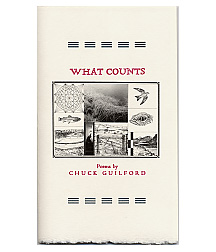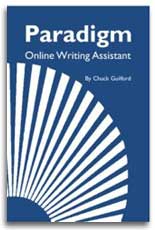Informal essays are often written as stories that trace a sequence of events from beginning to end, with occasional intervals of description or analysis.
The overall movement is forward in time, but with chances along the way to pause at points of interest. Remembering this, you won't feel you're getting sidetracked when folding in some description or explanation. Once you've finished a passage of analysis or description, you can return to the time line and continue moving forward to the conclusion.
Sticking to a straightforward time order can also help you sense your paper's overall shape. This is especially true early on, when you're expanding and exploring possibilities. Later, however, as you shape and rearrange what you've written, you may find other organizational strategies that make your story more interesting and effective.
The overall movement is forward in time, but with chances along the way to pause at points of interest.
Activity
5.1 Spend twenty minutes sketching out the rough shape of a story. Write quickly to get down the overall flow of events. Follow events through from beginning to end in a time order. Avoid mentioning concepts and emotions. Concentrate on people, places, and unfolding incidents. Write on one of the following topics, or pick one of your own: a time you took a risk, a time your plans backfired, a time you learned something important about your family, a time you made a major change in lifestyle, a time you acquired a new skill, a time you gave a gift.
- Prev
- Next >>




